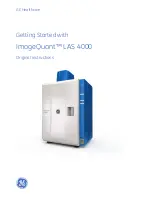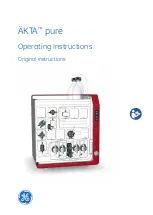
Using Multi Message Mode and the Multi Message Switching PCB (MMSP)
To use the Fire-Cryer Plus® sounders in their multi
message mode it is necessary to send commands to the
Fire-Cryer Plus® sounders to instruct the sounders which
of the seven messages they should broadcast.
This is achieved by introducing the Multi Message
Switching PCB (MMSP). (See Figure 1)
Figure
1
The Multi Message Switching PCB (MMSP) has developed into a versatile, expandable and user
friendly interface to control up to seven different messages using just two cores. It is capable
of handling ‘One out all out’ scenarios as well as phased evacuation or staged fire alarms.
It is as ideally suited to new compact conventional single zone builds, complex networked
sites with many zones as well as retrofitting to existing systems. With the addition of
interfaces such as the Hochiki CHQ-DSC and the Apollo SCC the Fire-Cryer Plus® can be
successfully installed on addressable loops.
Each MMSP has two 2A sounder circuits which are monitored by the Fire Alarm Control Panel.
The MMSP can be supplied separately or within an enclosure, with or without a keypad.
The MMSP has six inputs available to trigger the auxiliary messages. These are identified as
MA, MB, MC, MD, ME and MF.
The primary message, which is known as the ‘DEFAULT’ message, is usually ‘FIRE’ or
‘EVACUATE’ and preceded by an alerting tone chosen by the user.
The remaining six messages are know as ‘AUXILLARY’ messages as any of these will be
overridden by the ‘DEFAULT’ message.
Two of the six auxiliary inputs (MA and MB) are monitored providing the opportunity to
include panic alarms and terrorist or bomb alerts. These inputs can be triggered by a 470
Ω
resistor in series with a switch e.g a manual call point.
The auxiliary messages ‘MC’, ‘MD’ ‘ME’ and ‘’MF’ can be activated by introducing a link
between their respective inputs and ‘COM’. This can be achieved by a relay, key switch, IO
unit, call point or similar switch.
The MMSP has LED indicators on board for troubleshooting and testing.






























